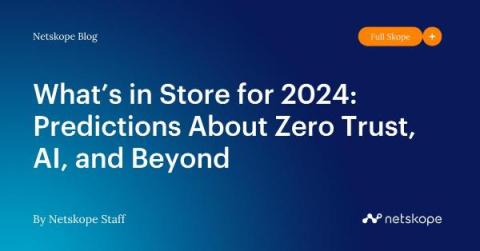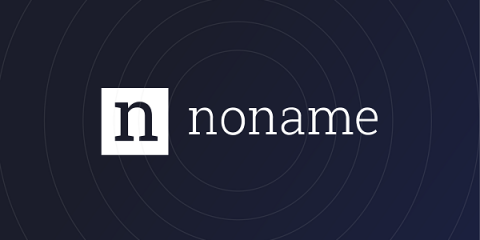What's in Store for 2024: Predictions About Zero Trust, AI, and Beyond
With 2024 on the horizon, we have once again reached out to our deep bench of experts here at Netskope to ask them to do their best crystal ball gazing and give us a heads up on the trends and themes that they expect to see emerging in the new year. We’ve broken their predictions out into four categories: AI, Geopolitics, Corporate Governance, and Skills. Here’s what our experts think is in store for 2024.











